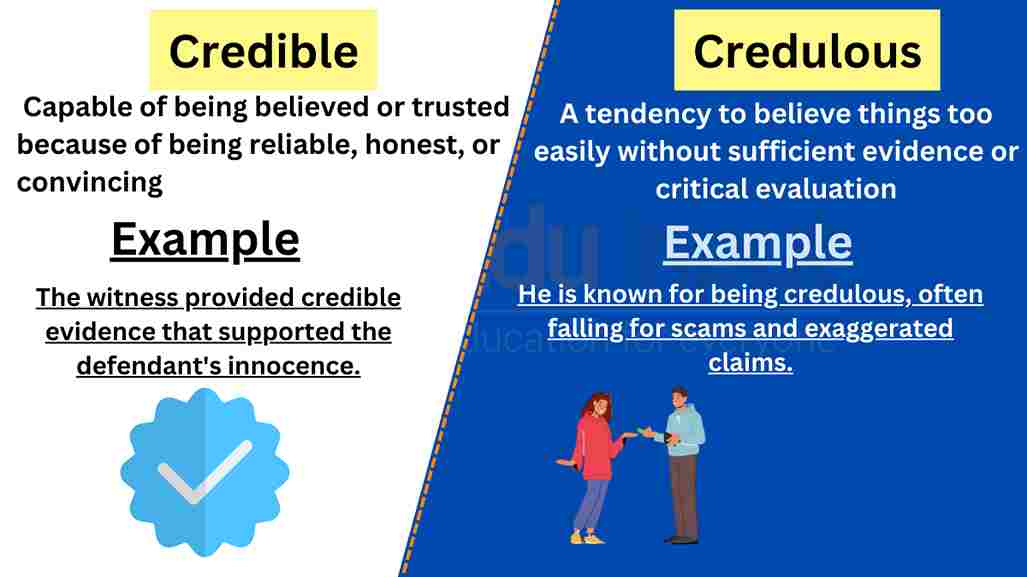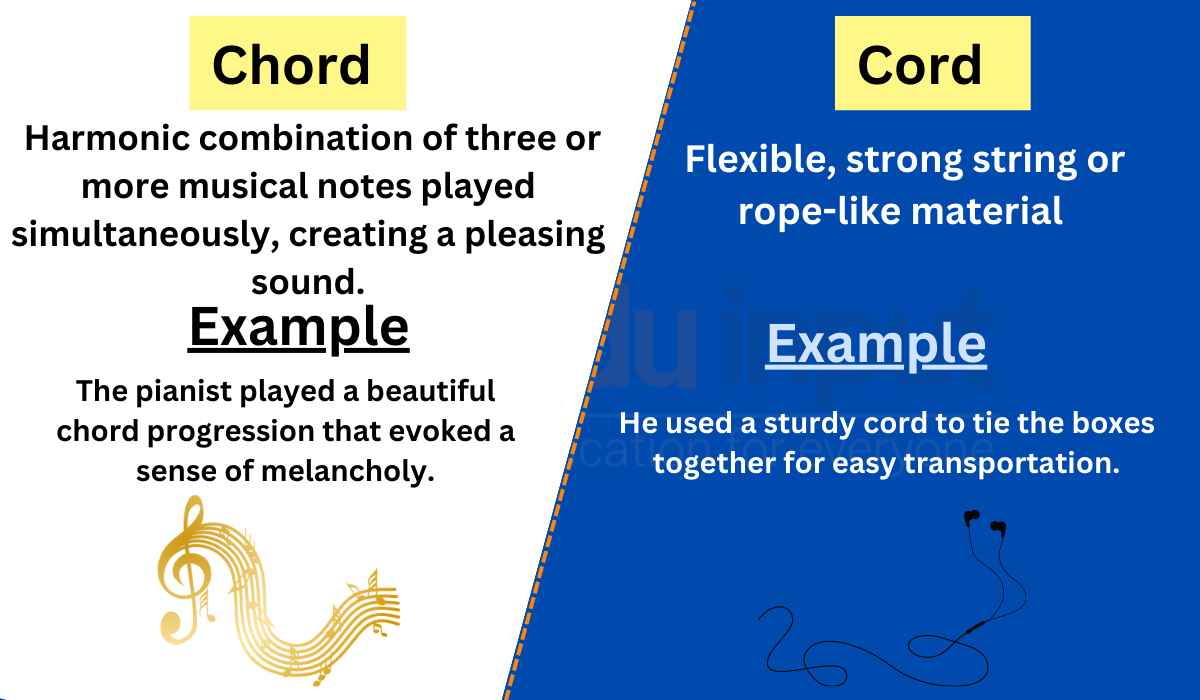Tale vs. Tail-Difference between and Examples
In the English language, there are words that may sound similar but have distinct meanings and usage. One such pair is “tale” and “tail.” Despite their resemblance in pronunciation, these words have different definitions and applications. This article aims to elucidate the difference between “tale” and “tail,” providing examples and explanations to help readers grasp their proper usage. By understanding the nuances of these words, individuals can effectively communicate their intended meaning and avoid confusion. Let’s explore the meanings and uses of “tale” and “tail” in the English language.

Meanings and Examples
Tale meaning
A tale refers to a narrative or story, often involving fictional or imaginative elements. It emphasizes the art of storytelling and conveying events, characters, or experiences.
Tale Examples
a) She spun a fascinating tale about her adventures in the mountains.
b) The book is filled with tales of ancient civilizations and mythical creatures.
c) He has a talent for crafting captivating tales that captivate the audience.
Tail meaning
The tail primarily refers to the hindmost part of an animal’s body that extends beyond the torso. It can also be used metaphorically to denote the rear or trailing part of an object or entity.
Tail Examples
a) The dog wagged its tail happily upon seeing its owner.
b) The peacock proudly displayed its beautiful tail feathers.
c) The comet had a long tail of glowing particles trailing behind it.
Difference between Tale and Tail
| Tale | Tail | |
| Meaning | Noun: a narrative or story | Noun: the hindmost part of an animal’s body or a trailing part |
| Example | “She spun a fascinating tale about her adventures.” | “The dog wagged its tail happily upon seeing its owner.” |
| Usage | Storytelling, fiction, narrative | Animal anatomy, rear or trailing part |
| Context | Books, folklore, imagination | Animals, anatomy, physical objects |
Usage in a Paragraph
The noun “tale” refers to a narrative or story, often involving elements of fiction or imagination. It is commonly used to describe the art of storytelling and the conveyance of events, characters, or experiences. People often share tales of their adventures, weaving captivating narratives about their journeys or encounters. Books, particularly those in the realm of folklore and fantasy, are filled with enchanting tales that transport readers to distant realms and introduce them to memorable characters. Skillful storytellers have a knack for crafting engaging tales that capture the imagination of their audience. “Tale” finds its usage in contexts related to storytelling, fiction, and narratives.
On the other hand, the noun “tail” primarily refers to the hindmost part of an animal’s body or a trailing part. In the case of animals, the tail serves various purposes, from communication and balance to mobility and defense. Dogs wag their tails to express happiness or excitement, while peacocks proudly display their magnificent tail feathers during courtship displays. Additionally, “tail” can be used metaphorically to describe the rear or trailing part of an object or entity. For instance, a comet leaves a trail of glowing particles behind it, forming a visible tail. “Tail” is commonly employed when discussing animal anatomy or referring to the rear or trailing portion of physical objects.
Understanding the distinction between “tale” and “tail” is crucial for effective communication. While “tale” denotes a narrative or story, often with fictional elements, “tail” refers to the hindmost part of an animal’s body or a trailing part. By grasping the nuances of these words, individuals can convey their ideas accurately and avoid confusion. Whether engaging in storytelling or discussing animal anatomy, using “tale” and “tail” appropriately ensures clear and effective communication.







Leave a Reply